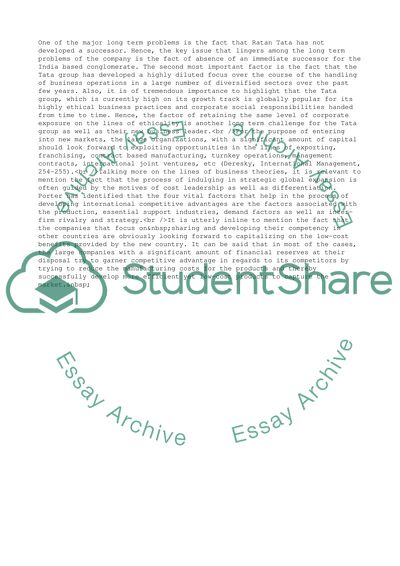Cite this document
(The Last Rajah: Ratan Tata Coursework Example | Topics and Well Written Essays - 1750 words, n.d.)
The Last Rajah: Ratan Tata Coursework Example | Topics and Well Written Essays - 1750 words. https://studentshare.org/management/1795851-the-last-rajah-ratan-tata
The Last Rajah: Ratan Tata Coursework Example | Topics and Well Written Essays - 1750 words. https://studentshare.org/management/1795851-the-last-rajah-ratan-tata
(The Last Rajah: Ratan Tata Coursework Example | Topics and Well Written Essays - 1750 Words)
The Last Rajah: Ratan Tata Coursework Example | Topics and Well Written Essays - 1750 Words. https://studentshare.org/management/1795851-the-last-rajah-ratan-tata.
The Last Rajah: Ratan Tata Coursework Example | Topics and Well Written Essays - 1750 Words. https://studentshare.org/management/1795851-the-last-rajah-ratan-tata.
“The Last Rajah: Ratan Tata Coursework Example | Topics and Well Written Essays - 1750 Words”. https://studentshare.org/management/1795851-the-last-rajah-ratan-tata.


